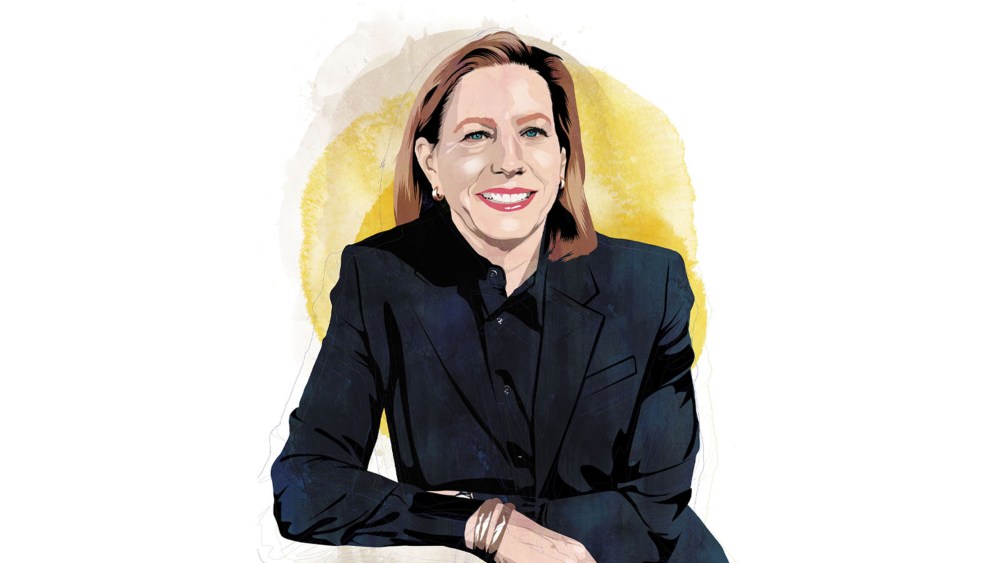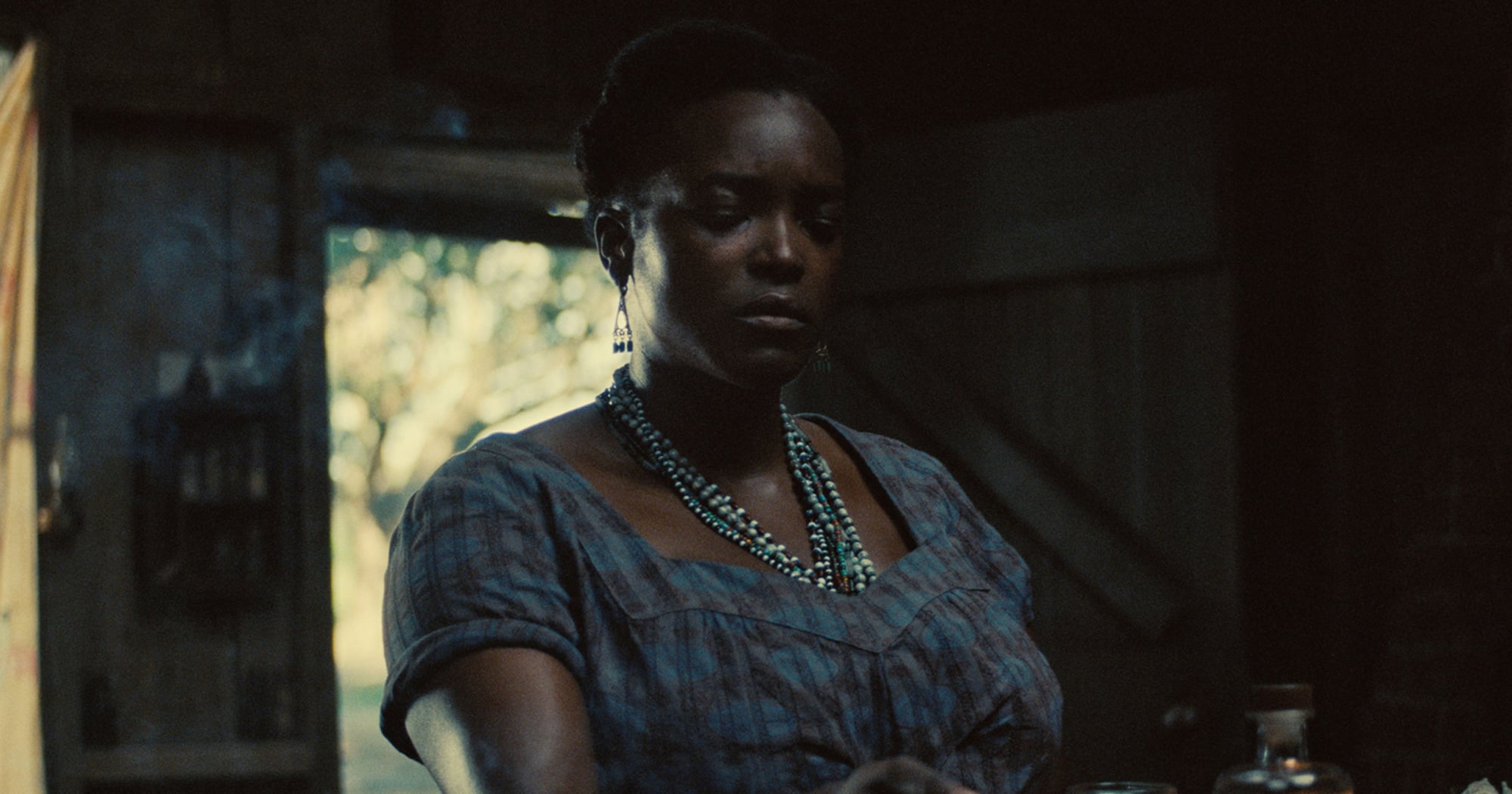When Joanne Crevoiserat, chief executive officer of Tapestry Inc., turned in fiscal 2025 results in August, there was a lot of good news to report.
Sales grew 5 percent to $7 billion. Adjusted operating income totaled $1.4 billion with an operating margin of 20 percent — the strength came from the Coach brand as Kate Space is still a work in progress. The outlook for the coming year projected another midsingle-digit gain in pro forma sales, with margins inching up despite an expected 230 basis point hit from tariffs.
In the context of a general weakening in the broader fashion world, the company could have explained away something less, especially given that it had to abandon its mega deal to buy Michael Kors-parent Capri Holdings and that it sold off Stuart Weitzman, which was smaller and never fully realized.
You May Also Like
But Tapestry has managed to go from strength to strength through it all, earning it the 2025 WWD Honor for Company of the Year, Public.
In an interview at the firm’s high-tech digital workshop, Crevoiserat said that’s because Tapestry’s performance is not based on what happened over the last year, but a yearslong effort to understand and react to consumers’ needs and wants.
When Crevoiserat first joined as chief financial officer in 2019, the company had already spent a lot of time digging through its consumer data. She said Tapestry also had “brands that matter in the world, a team that is top-notch, technology and investments and commercial operations around the globe.”
“We had a lot of really core DNA that could make a difference,” the CEO said. “Stuart Weitzman and Kate Spade weren’t performing. Coach was kind of bumping along. Over 10 years, Tapestry grew at a low-single-digit rate with two acquisitions. That’s OK. It was fine. And we’re a high margin business.
“But we weren’t winning,” Crevoiserat said. “We weren’t living up to the potential of our brands. We had to get anchored on the consumer because the consumer at that time was changing faster than ever.”

So, with Crevoiserat’s help as CFO and then CEO, Tapestry started to dig in and get a handle on the digital tools it had and the innovation it needed. The company sought to grab hold of the opportunity to better use technology to help it know and connect with its consumers.
“We went through a transformation where we had to create and build capabilities that were necessary to win in what I’ll call the modern era of consumers,” Crevoiserat said. “Creating those capabilities was part of our transformation and then gaining traction through our Future Speed program was putting it to work. It takes time to really build the momentum in your business.”
It wasn’t a straight line, of course. Like everybody else, Tapestry had to balance its priorities and its desire to change with the realities of the pandemic.
“During COVID-19, many chased, including us,” Crevoiserat said. “We spent more on what I’ll call performance marketing. If you’re doing all your business online and that’s the only portal to your brand, then you can spend a lot of money trying to get that last click attribution.”
Overall, the company was working with a promotional mindset that — while not uncommon in the “stock it high and let it fly” retail world — the CEO wanted to break away from.
“We had to stop thinking about doing business in the same old way — ‘I’m going to run a promotion and I’m going to get traction in my outlet because I’m 20 off,’” she said.
Today, Tapestry is in a different place.
“We have really pivoted,” Crevoiserat said. “We are investing more in marketing and that is part of our brand-building focus. We think about it holistically. Getting to know the customer tells us a lot about where they are and how to intersect them. We’re intersecting with them in stores and how we engage them in stores matters. There’s a product piece, there’s an experience piece and there’s a marketing piece.
“The bucket is leaky,” she said. “Customers have lots of choices. They can go anywhere. If all you try to do is sell more to your same customers every year, you’re going to run out of road. You need new customers.”
And Tapestry is careful when romancing fresh prospects.
“You have a really terrible first date, you can call ’em back as often as you want, but you’re not going to get the second date,” the CEO said. “So we work really hard on a really high-quality customer acquisition strategy and making sure that that experience with our brand is really terrific. And what we’re seeing is that creates that return.”
There’s a methodicalness to the approach, but there’s also a trick to it.
Talking about how to understand the consumer, apply that knowledge with a little romance and then go back and do it again is easy — doing it in a way that both grows a business and makes it stronger is hard.
Crevoiserat and crew have proven to be good at the hard things, in particular at Coach, the accessible luxury pioneer that is increasingly drawing in and speaking to a younger generation.
“Our sweet spot is this $200 to $500 price point at Coach,” she said. “We’re not trying to chase luxury, we don’t want to be at Prada, Gucci pricing. We love where we play because we speak to this broad audience and we want to be accessible to that young consumer for that first purchase because of all the benefits that accrue over a lifetime.
“Coach really began in the modern era by creating a market that wasn’t there,” she said. “We brought more people in to participate in this luxury handbag market. We grew the market. This is a very familiar place and acquiring a young consumer and nurturing that relationship with that consumer for a lifetime again is something that we have done before.”
Crevoiserat said Tapestry is winning a new generation now because it is “embracing who we are” and not worrying about the noise in the market or on Wall Street.
“You can get very sidetracked with how other people perceive your business,” she said. “If you get really focused on how the consumer sees your business, it was much easier for us to drive the growth that we expected when we started to embrace who we are.
“When I walked in the door, I would’ve said there were a lot of people [here] who had built success over years,” she said. “But we now have a culture where people are just curious. They’re asking questions, they’re learning from consumers, and they’re willing to change and be open-minded. And that’s huge. I have a confidence level today that it would be been hard for me to say three, four years ago. We have structural building blocks to our business, and we’ve been really disciplined about our approach.
“It starts with a growth mindset, starts with, ‘Who are you going to sell to? How are you going to grow?’ And we have an understanding of how we’re going to grow by targeting this young customer at the point of market entry.”
Translation: Tapestry, especially Coach, is prepped, on a roll and scooping up new customers just starting to look at buying handbags.
Now, the next level — there’s always another level — is to pull off that same trick with Kate Spade.


